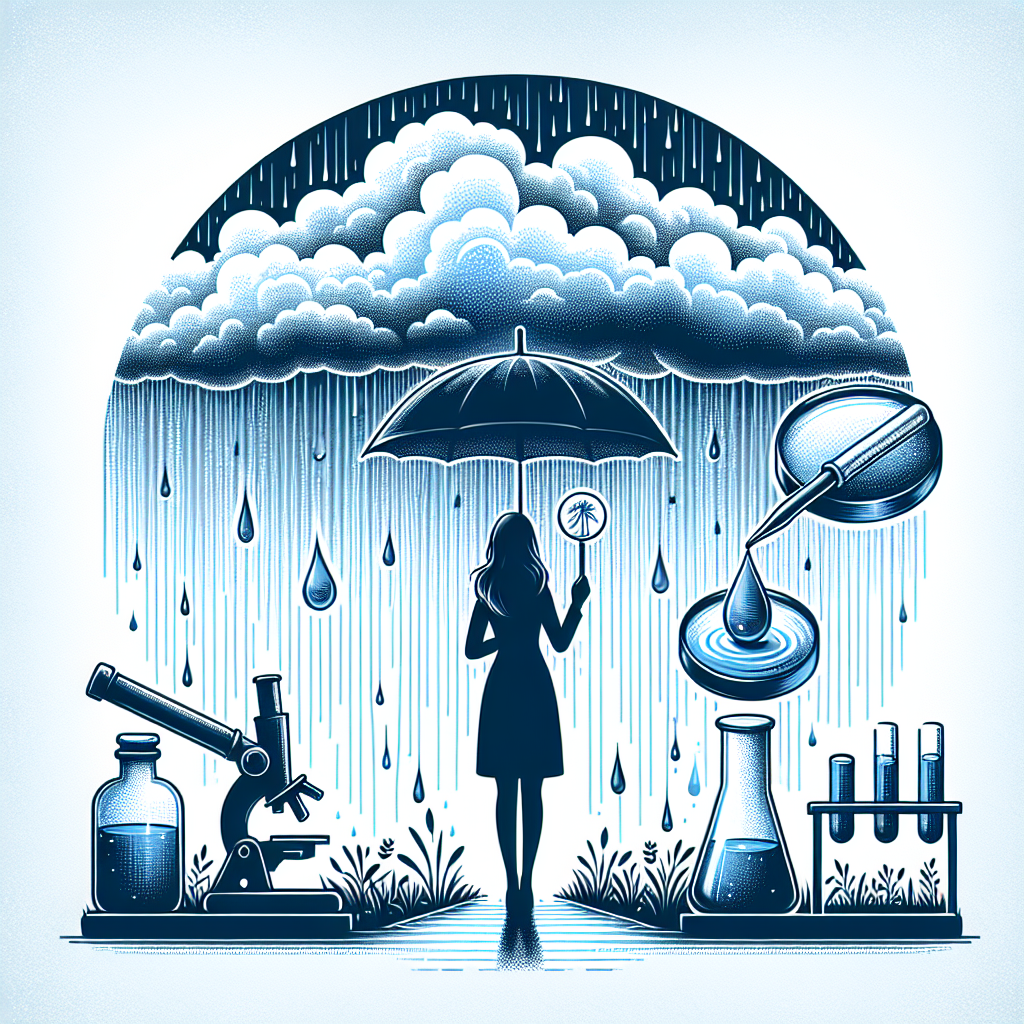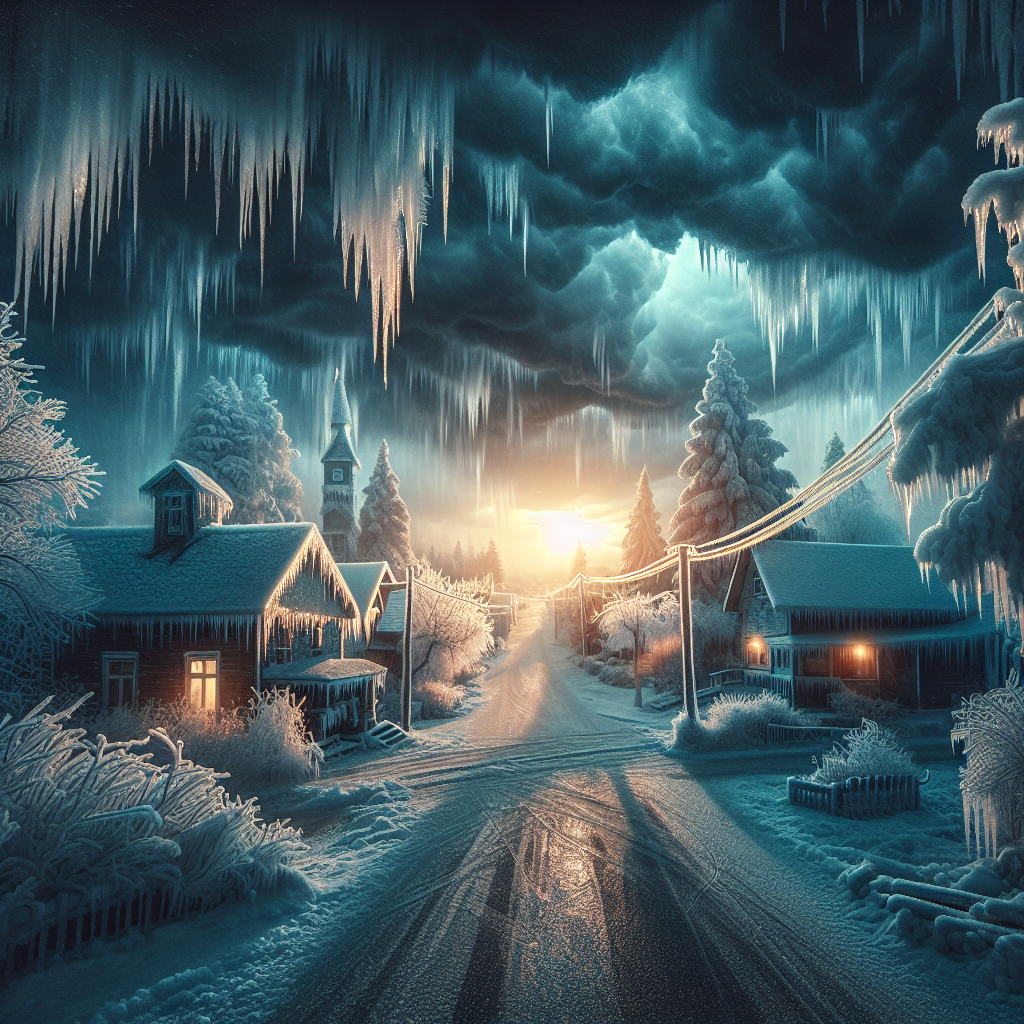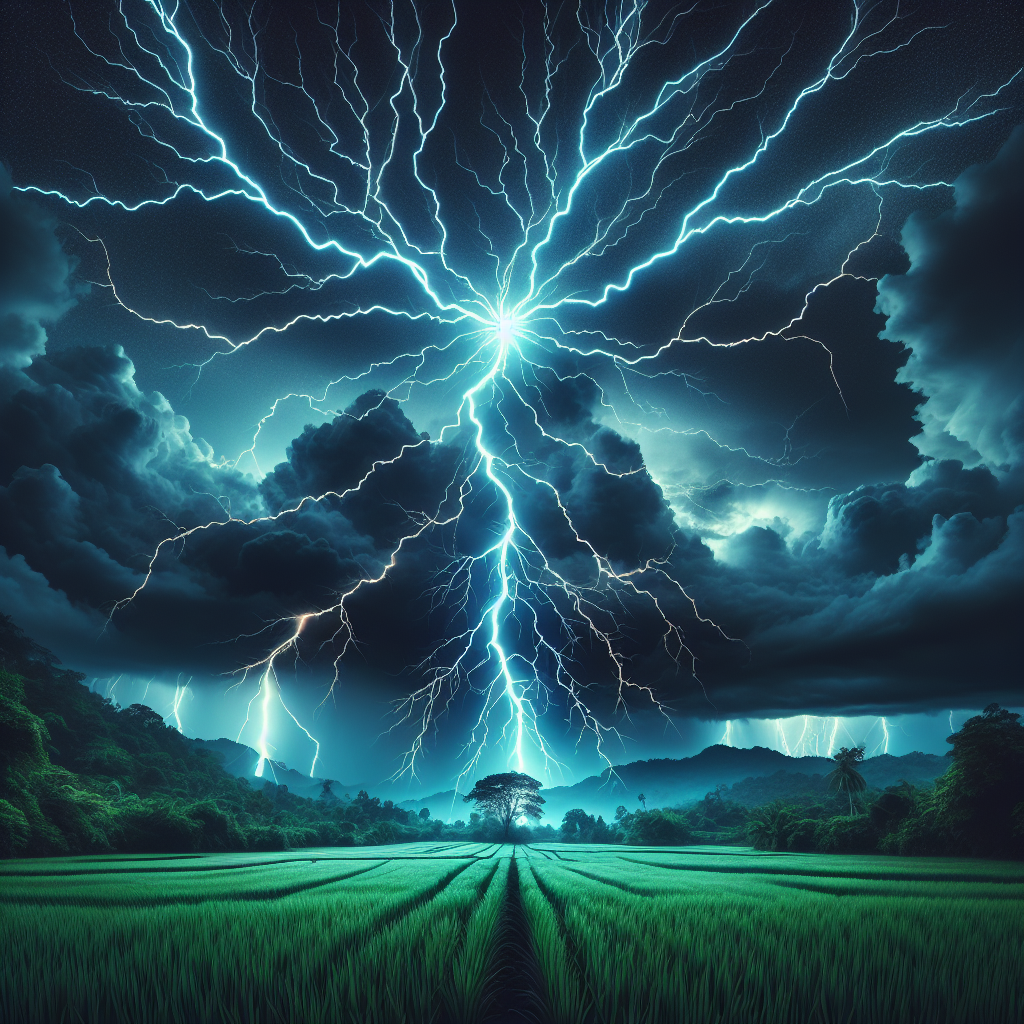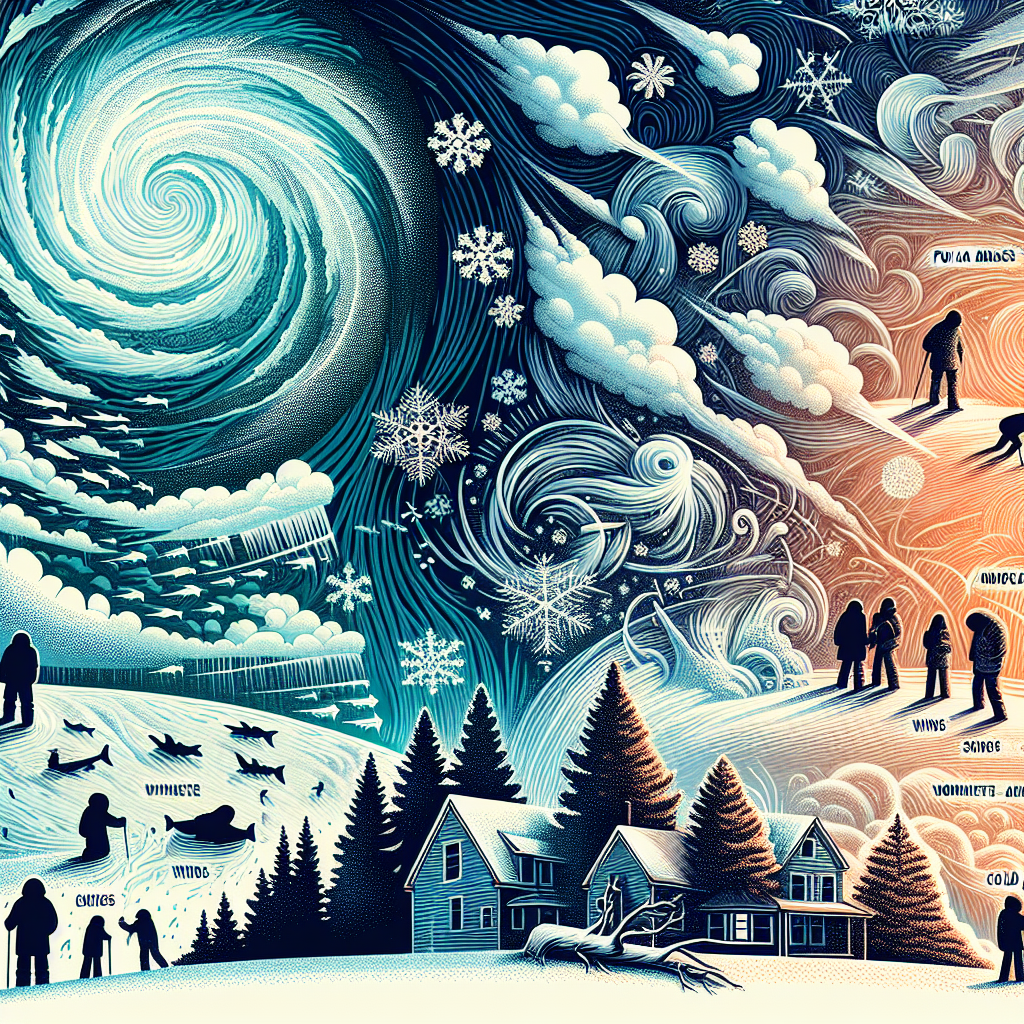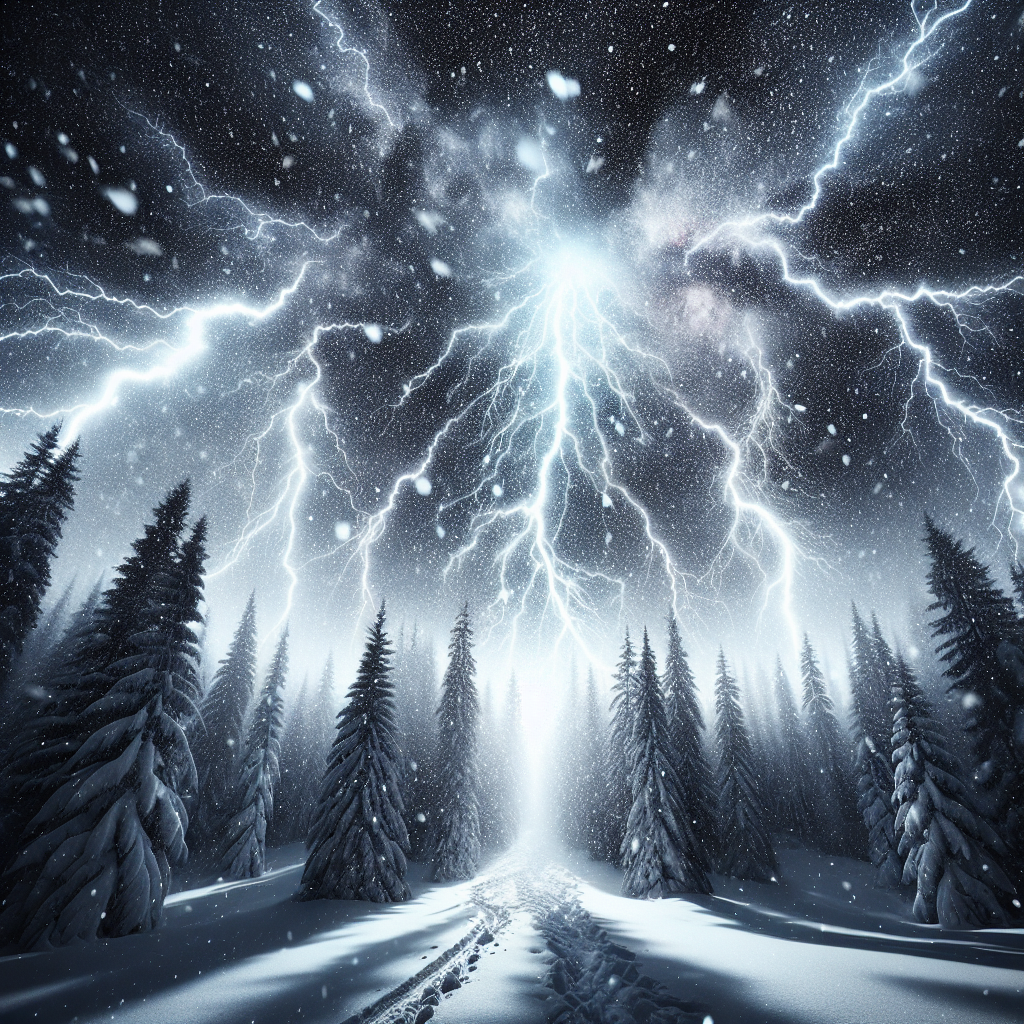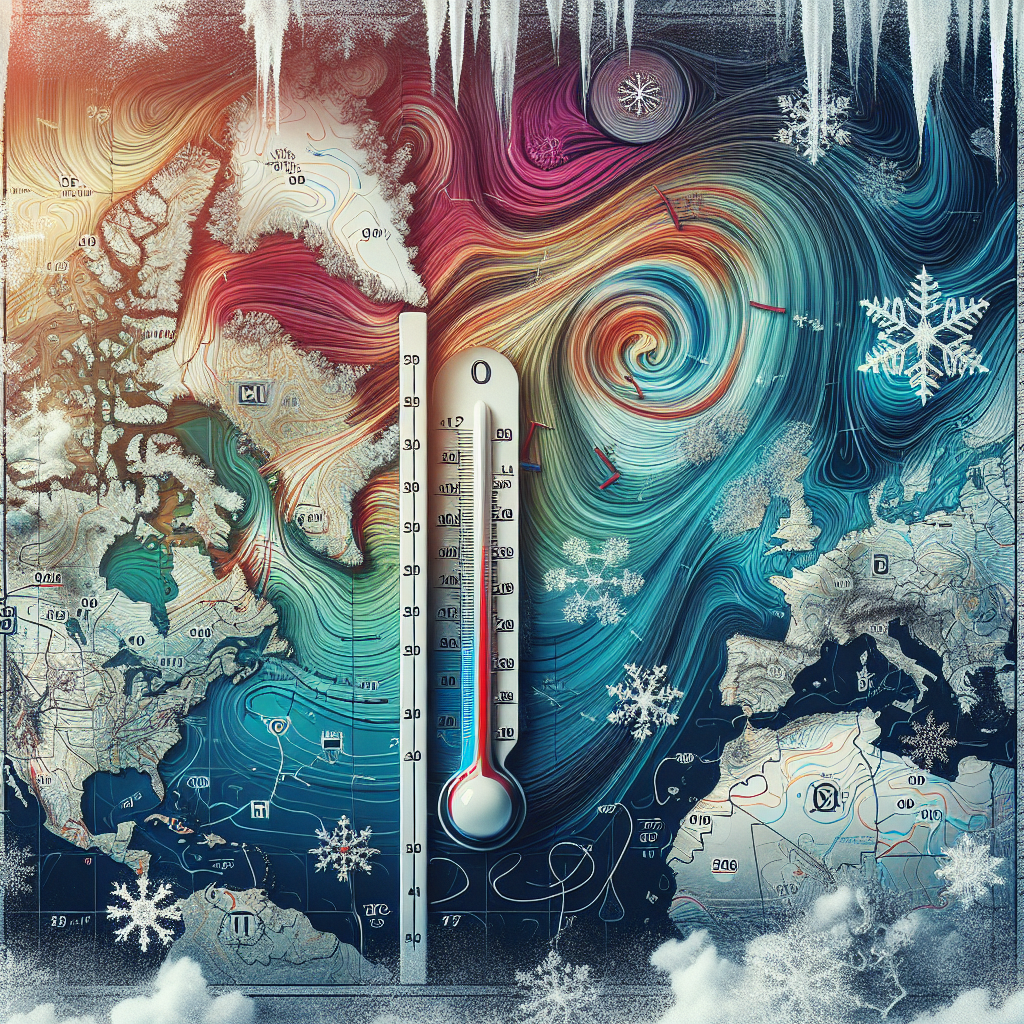The Beauty and Danger of Hurricanes
Understanding Hurricanes
Hurricanes, also known as tropical cyclones or typhoons in different regions, are storms that derive their power from warm ocean waters. They form over the ocean, drawing energy from the sea surface, and can unleash winds exceeding 157 miles per hour. The life cycle of a hurricane includes four primary stages: tropical disturbance, tropical depression, tropical storm, and full hurricane status. The formation typically begins with a cluster of thunderstorms and progresses into a more organized system.
The Anatomy of a Hurricane
Eye: The calm center of the hurricane where atmospheric pressure is lowest. Skies can be clear, and winds very light.
Eye Wall: Surrounding the eye, this region contains the highest winds and most intense rainfall. Here, thunderstorms are vertical and robust, contributing to a high risk of destruction.
Rainbands: These outer bands can extend hundreds of miles from the eye wall, featuring heavy rain and gusty winds, often resulting in significant flooding.
The Beauty of Hurricanes
Hurricanes exhibit a stunning natural beauty, particularly when viewed from space. The swirling shapes, vibrant cloud colors, and intricate patterns make them visually captivating. The immense force of nature creates vivid displays of lightning and rain, often resulting in breathtaking sunsets or sunrises as the storm approaches.
Satellites Capture Stunning Images
Modern technology has allowed satellites to capture vivid images of hurricanes. The intricate cloud formations, deep blues and greens of the ocean, and the spiraling arms of a hurricane present an awe-inspiring spectacle that highlights the complexity of our atmosphere.
Natural Light Shows
Many hurricanes produce dramatic weather phenomena, including lightning storms so frequent that they outshine the sun. The interaction of heat, moisture, and atmospheric pressure creates a striking visual display, turning the storm into a temporary work of art.
Unique Ecosystem Effects
In some ecosystems, hurricanes can trigger regeneration. These storms bring significant rainfall and high winds that can clear out old growth, making way for new growth. Certain plants rely on hurricane-laden winds to disperse seeds, allowing the cycle of life to continue.
The Dangers of Hurricanes
Despite their beauty, hurricanes are among the most destructive natural disasters. The dangers they pose can be categorized into various threats, each capable of causing significant damage to lives, property, and the environment.
Powerful Winds
Hurricane winds can uproot trees, destroy buildings, and toss debris with deadly consequences. Wind gusts can lead to structural failures in homes and businesses, resulting in widespread devastation. The storm surge often exacerbates this risk, leading to increased damages along coastlines.
Flooding
One of the most significant dangers hurricanes present is flooding. The heavy rainfall associated with hurricanes can lead to flash floods and river floods, impacting both urban and rural areas. Floodwaters can sweep away vehicles, damage infrastructure, and endanger lives.
Storm Surge
The storm surge – an abnormal rise in sea level – often leads to the most catastrophic flooding. As a hurricane approaches the coast, the ocean water is pushed toward shore due to both the low pressure in the eye and high winds. Coastal areas can experience surges exceeding 10 feet, leading to severe erosion and extensive property damage.
Tornadoes
Hurricanes can also spawn tornadoes across their projected paths. These tornadoes develop from the strong wind shear and temperature differentials caused by the hurricane’s outer bands. They can be equally destructive, causing localized destruction even as the hurricane moves along the coastline.
Historical Perspectives
Throughout history, hurricanes have shaped human civilization in numerous ways. Cities and communities along coastlines have adjusted their infrastructure, building regulations, and emergency response strategies in reaction to devastating storms.
Notable hurricanes include Hurricane Katrina in 2005, which caused catastrophic damage to New Orleans and surrounding areas, resulting in widespread loss of life and property. Similarly, Hurricane Harvey in 2017 showcased the destructive power of flooding, causing mass displacement and economic damage.
Preparing for Hurricanes
Preparation is vital in minimizing the impact of hurricanes. Here are key steps individuals and communities can take:
Evacuation Routes: Understanding local evacuation routes can save lives. Communities should identify safe places well before the hurricane’s approach.
Emergency Kits: Stocking an emergency kit with water, food, medications, flashlights, and a first aid kit is essential for survival during and after a hurricane.
Communication Plans: Establishing how family members will communicate in an emergency can reduce panic and confusion.
Home Reinforcement: Homeowners in hurricane-prone areas should consider reinforcing roofs, windows, and doors to withstand strong winds.
Climate Change and Hurricanes
Recent studies indicate that climate change is influencing hurricane intensity and frequency. Warmer ocean temperatures serve as fuel for stronger storms, leading to concerns that future hurricanes may become increasingly powerful and more damaging.
Community Resilience
Communities can build resilience against hurricanes by implementing early warning systems, conducting drills, and educating residents about disaster preparedness. Investing in infrastructure that mitigates flooding, such as levees and seawalls, is also crucial.
The Role of Technology
Advancements in meteorology, the development of predictive models, and real-time data collection have significantly improved hurricane tracking and forecasting. This allows for timely alerts and preparedness measures, saving lives and reducing property damage.
Volunteering and Support
Community support systems play an essential role in recovery. Volunteer organizations and local governments often organize disaster response teams to help those affected by hurricanes. Residents can contribute by volunteering, donating, or participating in recovery efforts.
The Dual Nature of Hurricanes
Hurricanes embody the duality of nature – both beautiful and awe-inspiring while being capable of immense destruction. This paradox reminds us of our vulnerability and the importance of respecting nature’s power. Awareness and preparedness will ensure that communities can thrive in the face of these formidable storms. By understanding the intricacies of hurricanes, we can both appreciate their beauty and mitigate their dangers effectively.

